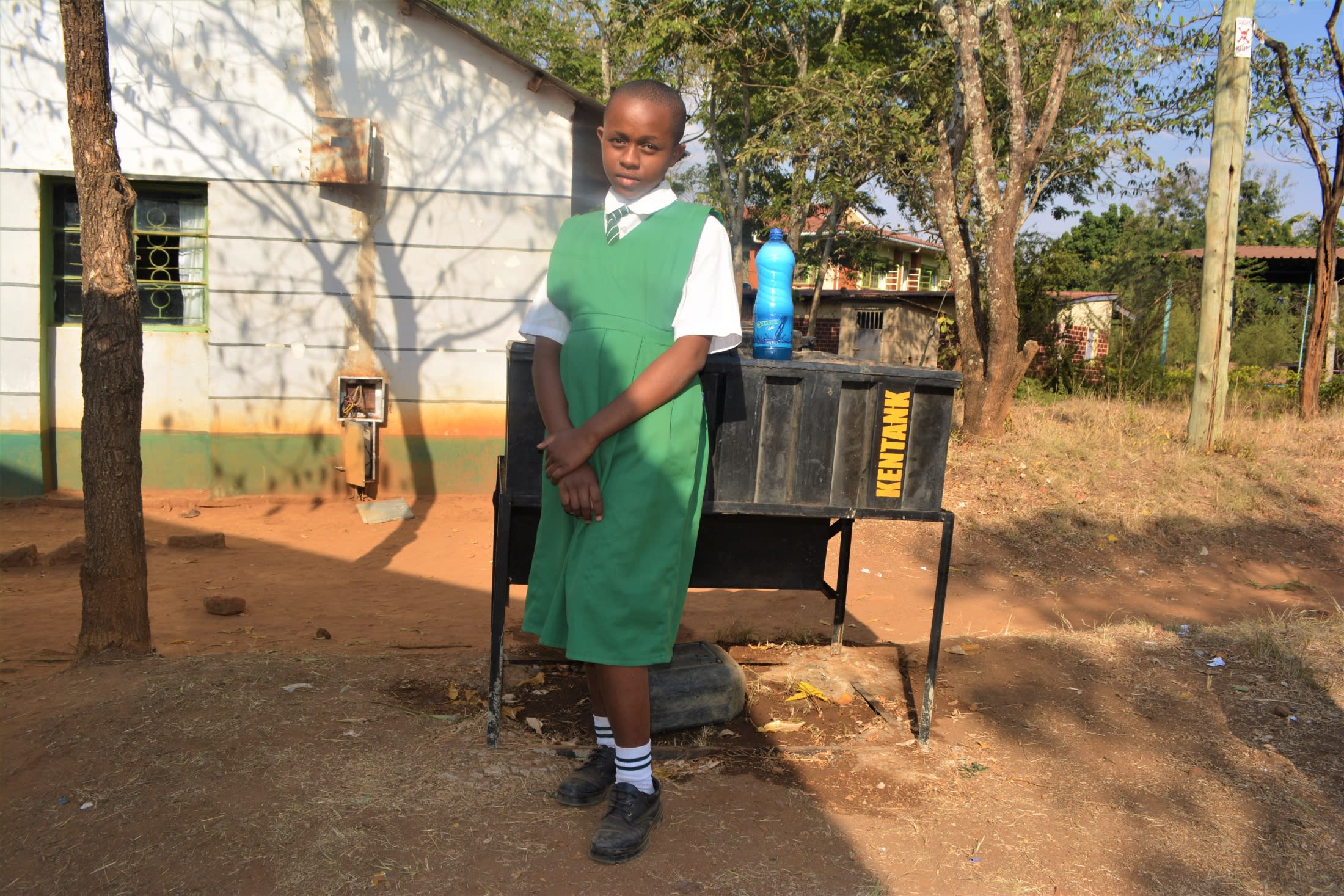Matiliku Primary School was started by Kawaa community members in the year 1933 when locals donated a small piece of land for the school and initiated fund drives to aid in the construction of its first classrooms. The school was later taken up by the government to operate as a government school, and has since grown to support more than 500 students thanks to the support of parents, the Makueni Constituency Development Fund, and the government.
The school depends on a 4,600-liter plastic water tank that holds water borrowed from the Matiliku Secondary School section or water bought from boozers at Matiliku Market. The current water source provides little water for the huge school population and the high water demands resulting from the existence of boarding facilities.
For perspective, the UN estimates students need five liters of water per day. It is nearly double that for boarding students. That means that the water tank must be filled at least twice a week - a costly and unsustainable solution to the school's water problems.
"Our school lacks enough water for the school community to operate comfortably. Available water is highly rationed making life in school uncomfortable for the boarding pupils. This has led to below average levels of cleanliness," said Headteacher Gabriel Mbindyo.
The day school pupils are sometimes required to carry water to school in a bid to supplement the water in the plastic tank. This burdens and tires the students leading to poor levels of concentration in class. Worse yet, the water they bring is not always safe for drinking. That water is then mixed into the large tank or other big containers and used throughout the day.
Just one bucket of dirty water can contaminate the school's entire supply. That in turn puts the students at risk of waterborne illnesses.
The health and monetary cost of the water shortage here is negatively impacting the students and their learning.
Here’s what we’re going to do about it:
Rainwater Catchment Tank
We will build a 104,000-liter rainwater catchment tank for this school. This water will benefit the students, teachers, and supplementary staff. Parents will mobilize the materials needed for construction, such as sand and stone. They will also lend some strong arms to help with the actual construction.
The huge capacity of this tank makes the others look tiny in comparison; 104,000 liters should be enough water to carry students and staff through the entire dry season. As soon as the tank has time to cure, it can begin to collect rainwater for drinking, cooking, and cleaning!
Training
Students and staff will be trained for one day. Those in attendance will form a school health club that will promote good hygiene and sanitation practices both at school and home. They will learn all of the steps to proper handwashing, how to treat water, and how to keep their environment clean. The school will also be taught how to best oversee and maintain their new rainwater catchment tank and handwashing stations.
Handwashing Stations
Three handwashing stations will be delivered at the project’s completion. These are 1,000-liter plastic tanks fitted with four taps. The health club and school management will be responsible for making sure tanks are filled with water and that a cleaning agent such as soap or ash is available.

 Rainwater Catchment
Rainwater Catchment
 Rehabilitation Project
Rehabilitation Project
































